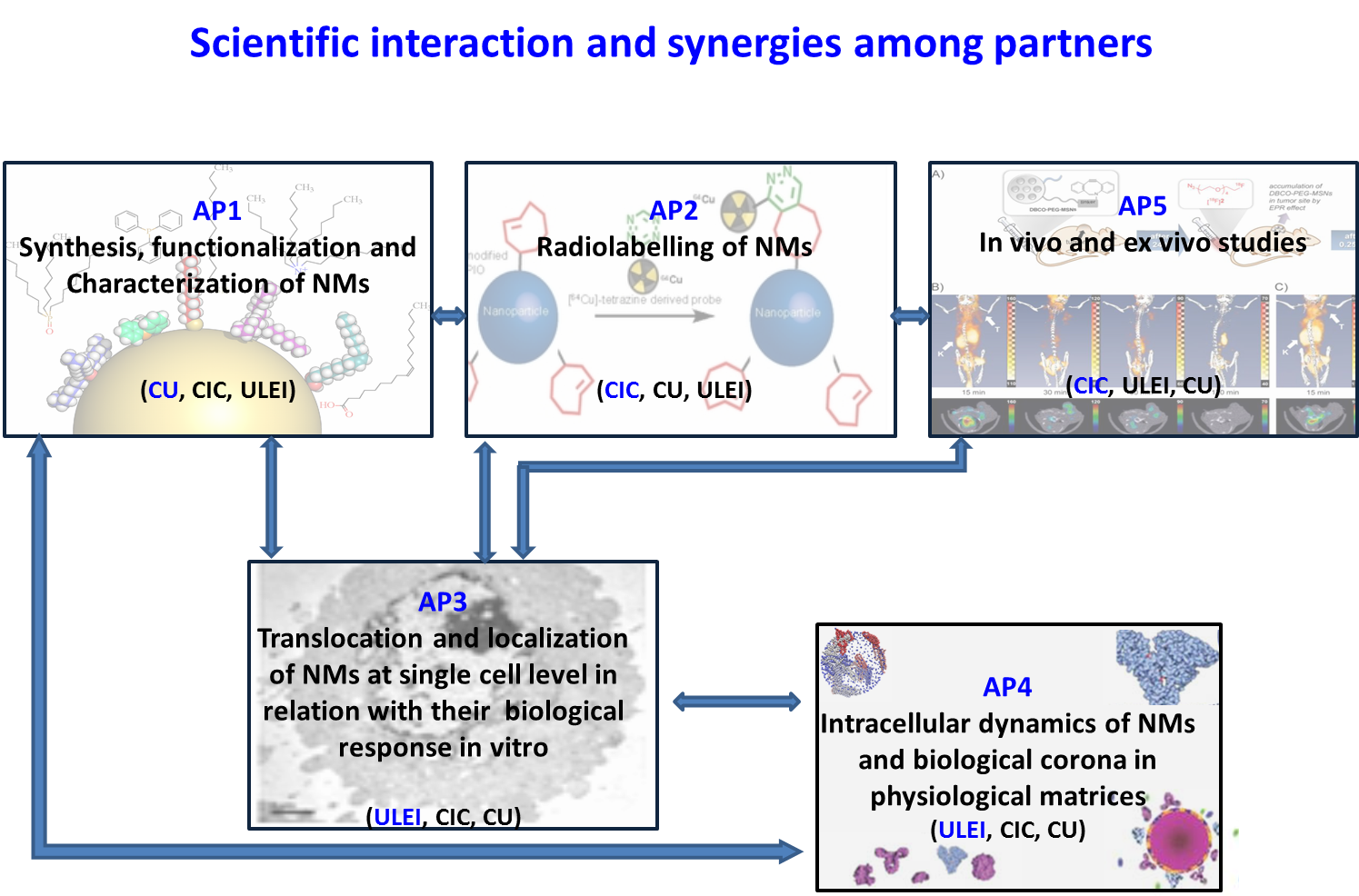FATENANO – translocation, biological fate, stability and effective dose of engineered nanomaterials (ENM) for Nanosafety Studies
Insufficient knowledge of the relation between the physico-chemical properties of the surface of nanomaterials (NM) and their impact on human safety, health and the environment constitutes a great challenge for the risk assessment of nanomaterials, because a rational base for the prediction and the evaluation of potential hazards of nanomaterials is lacking. The expected increase in knowledge on the correlation between the physico-chemical properties of the surface of nanomaterials and their toxic potency will be used to design the fabrication, selection and properties of the nanomaterials in such a way that the negative potential of nanoparticles in relation to health, safety and environmental protection can be clearly reduced. The transfer and exploitation of the knowledge gained in this project represent an important requirement for the further development of nanotechnology and their application across Germany and the EU.

The overall goal of the FATENANO Project is to achieve fundamental knowledge about translocation, uptake and the fate of nanomaterials on a cellular, tissue and organ level in relation to their physico-chemical surface properties and their nanomaterial-induced physiological answer.

The fate of the nanomaterials, their aggregation, decomposition, dissolution, their interaction with biomolecules etc. will be investigated inside and outside of cells in vivo and ex vivo. For this purpose, nanomaterials with desired surface characteristics will be fabricated and labelled as required by the various employed methods to clarify relevant mechanisms of nanotoxicity based on specific nanomaterial characteristics. The translocation and fate of nanomaterials in vitro and in vivo will be related to their properties and their interaction with biomolecules in the extra- and intracellular environment. This correlation will be discussed with regard to the related biological effects and modelled by means of in silico methods.
This unique combination of up-to-date space- and time-resolved imaging and dosimetric approaches opens up novel possibilities of monitoring the translocation and the fate of chemically rather different nanomaterials, such as metals metal oxides polymer particles, graphene and hybrid nanomaterials with specifically designed surface properties at the level of a whole organism, at tissue and at the cellular level. It becomes possible to quantify the nanomaterials’ organ load and the intracellular concentration of nanoparticles in vitro and in vivo.
The methods used within this project, comprise:
- ion beam microscopy (µ-Rutherford backscattering, µ-particle-induced X-ray emission, scanning transmission ion microscopy)
- confocal and surface enhanced Raman microscopy
- positron emission tomography
- single-photon emission computed tomography
- computed tomography and magnet resonance tomography
The results generated in the in silico, in vitro and in the in vivo investigations will be used to predict the toxic potential of nanoparticles from their properties and to develop strategies for a safe design of nanomaterials.
Molecular dynamics and Monte Carlo simulations of translocation, degradation and the interaction of nanoparticles with ligands and selected cellular receptors will be performed in parallel. The obtained simulation results will be validated on the basis of the derived experimental data with the aim to clarify possible mechanisms of nanotoxicity and to identify particle surface properties of toxicological concern.
Project Website: https://biophysik.medizin.uni-leipzig.de/de/forschungresearch/dr-irina-estrela-lopis/research-interests/translocation-biological-fate-stability-and-effective-dose-of-engineered-nms-for-nanosafety-studies-fatenano/
